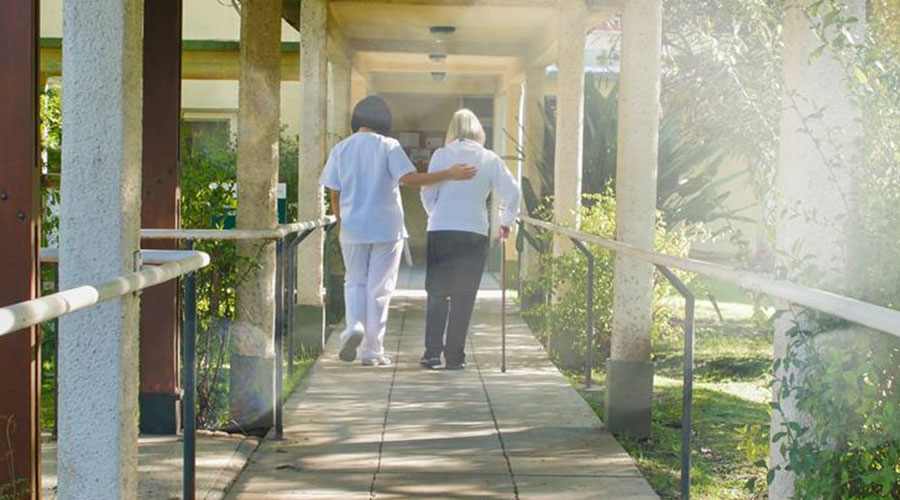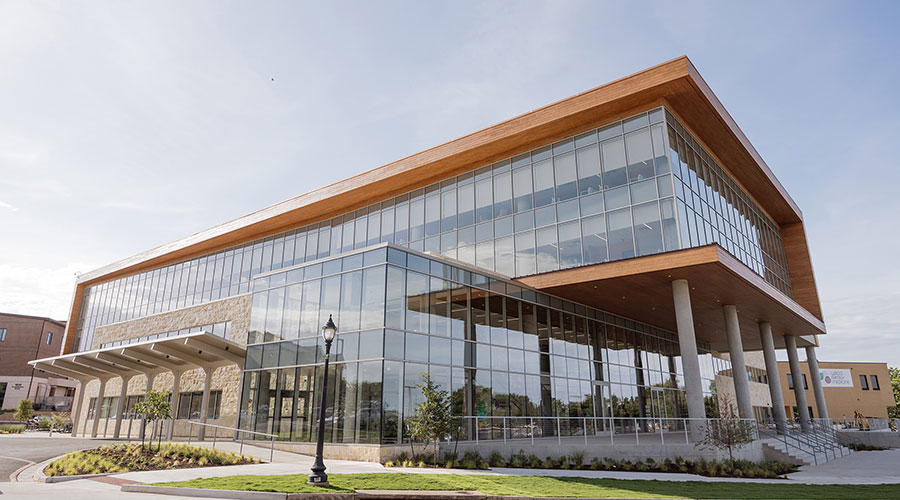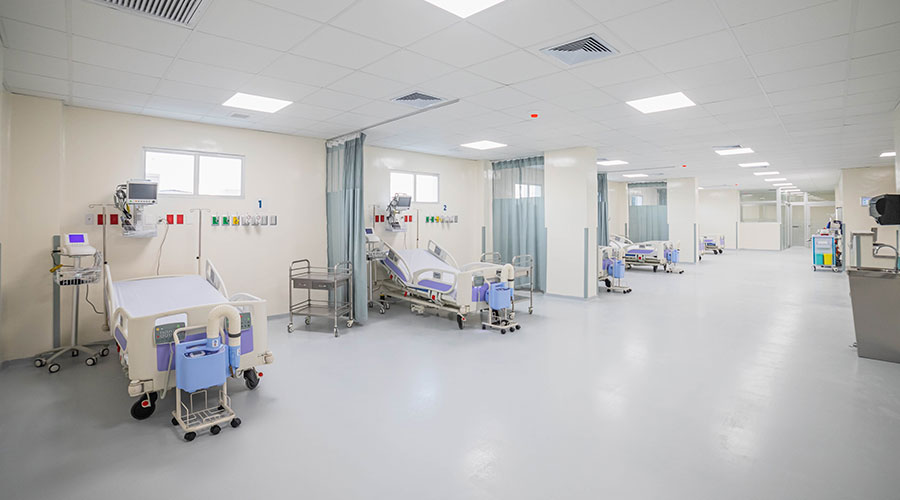Since the COVID-19 pandemic first began in March 2020, there has been an increased demand for hospital space as beds continue to fill at a rapid rate. Despite this, there is limited availability for these types of spaces. To better address the situation, healthcare professionals are now looking at previously used buildings, such as shopping malls, to convert to hospitals. However, this conversion is always easier said than done. Healthcare Facilities Today recently spoke with Lucia Hedke, managing director of healthcare of JLL and David Cripe, Senior Vice President of Project and Development Services of JLL about how healthcare managers can evaluate old buildings for new spaces.
HFT: What are the key considerations when converting an old building into a hospital or healthcare facility?
Lucia Hedke and David Cripe: There is a large difference from converting a typical commercial office building to a healthcare facility mainly revolving around the concept of patient care. Most facilities not originally designed with patient care models in mind will lack key functions that need to be considered. Key considerations range from site conditions including patient drop-off areas and parking requirements, structural requirements, architectural requirements within the facility, and systems requirements.
HFT: What are the necessary infrastructure and structural changes that need to be made for the building to meet healthcare facility standards?
Hedke and Cripe: Much of this depends on the actual use of the provider group. With general clinical applications, there typically doesn’t need to be any structural changes. Most clinical operations have more architectural and system requirements than any need to change the structure. However, surgery and imaging suites have structural clearance and vibration requirements that could immediately determine if a facility is acceptable or not for the intended use. Surgery suites will require a floor to bottom-of-deck clearance to facilitate the operating room(s) infrastructure and systems. With imaging suites, there may be special structural clearances along with vibration requirements in addition to the typical shielding that is required. Each intended use should be carefully studied beforehand to verify if a landlord should continue with a conversion.
HFT: Are there any specific regulations or codes that need to be adhered to during the conversion process?
Hedke and Cripe: Codes vary by state, county and municipality with healthcare, and partnering with a team that understands this is critical to the success of a project. States with their own regulatory agency, such as Florida (ACHA) has a specific set of criteria and approval processes that a team needs to understand before they start the design of any project.
HFT: What are the potential challenges or limitations associated with converting an old building into a healthcare facility?
Hedke and Cripe: This depends on the level of intended use whether it is a more simple clinical operation or a full acute care facility. As you advance in the level of care, the requirements become more challenging in converting an existing facility. Let’s say a client wants to provide a surgery center within an existing facility as an anchor tenant. With that, there are initial structural requirements that will be an immediate pass/fail if an existing facility will be able to accommodate that level of service. Floor-to-floor heights, column spacing, elevator size, water/sewer lines, and site conditions are items that may not accommodate higher level of care services. Other challenges can include the HVAC systems and whether there is enough capacity in the existing equipment to accommodate the intended use. For inpatient care, the building must be institutionalized and will have significantly more considerations.
HFT: What are the requirements for HVAC systems and air quality control in a healthcare facility, and how are these addressed in the conversion process?
Hedke and Cripe: HVAC system requirements vary by level of care use – i.e. higher density space with exam rooms will have more air flow needs than an open physical therapy suite. Spaces such as operating rooms and isolation rooms will need dedicated systems to support those spaces which will likely require special accommodations to make those added systems integrate with an existing facility.
HFT: What considerations need to be taken into account regarding medical equipment placement, electrical systems, and emergency power supply in the converted building?
Hedke and Cripe: A careful study of any medical equipment being placed into a facility needs to be done to ensure the proper support systems are in place to accommodate the equipment and ensure proper operation and code adherence. First question to be asked is, “are all the required services available within the existing building to make the equipment operational?” If medical gases are required, a medical gas room with a manifold system may be needed which requires another dedicated space within the facility.
With electrical and emergency power, most facilities are able to accommodate added power but some facilities may need more creative engineering to accommodate added emergency power systems depending again on level of service that will be needed.
HFT: How do you plan the layout and design of the converted building to optimize patient flow, privacy, and accessibility?
Hedke and Cripe: Buildings that already have a reasonably deep floor plate and column spacing based on a 5’-0” module are helpful in accommodating medical office space. A centralized elevator bank along with larger central corridors are also needed to best accommodate most medical suite applications.
The main thought with planning a medical facility needs to be that the population visiting a medical facility are usually not feeling well, or are in some level of distress, and need the most clear means of being able to access their provider. Once that is set as the basis, the project team work through the existing conditions to provide the best possible design.
New technologies are also changing the landscape of healthcare design that include registration kiosks or app based check-in processes that streamlines a patient’s visit.
Mackenna Moralez is the associate editor for the facilities market.

 Designing Hospitals for Wellness
Designing Hospitals for Wellness Baptist Health Announces New Cancer Care Center in Key West
Baptist Health Announces New Cancer Care Center in Key West Waco Family Medicine Achieves Savings and Bold Design with Wood Selections
Waco Family Medicine Achieves Savings and Bold Design with Wood Selections Alleged Ransomware Administrator Extradited from South Korea
Alleged Ransomware Administrator Extradited from South Korea Design Plans Unveiled for New Intermountain St. Vincent Regional Hospital
Design Plans Unveiled for New Intermountain St. Vincent Regional Hospital